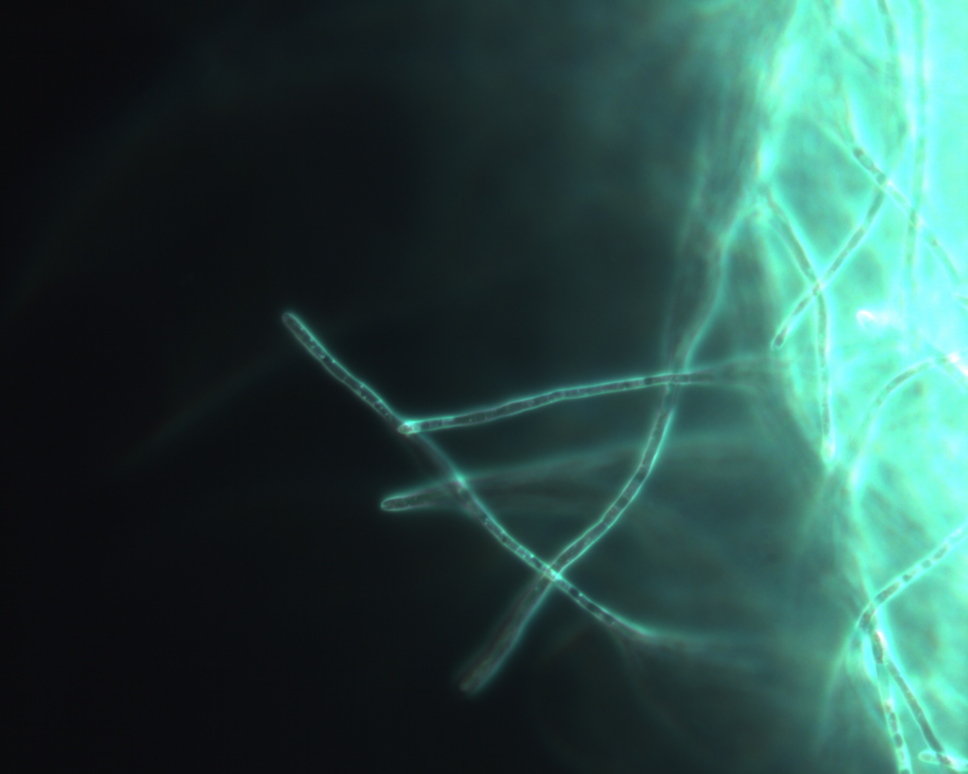
...and here's the same thing using #phosh. Needs more work and polishing but just to give an idea. It works pretty well with thumb only too but that's hard to record.
I'm proud to be part of the Purism team. Changing the world for the better!
Long live the #GPL
https://puri.sm/posts/how-purism-is-pioneering-a-bright-future/
Pick a random consumer device lying around your house and imagine someone coming across it after 70 years of neglect. Part of the device no longer works. Would they be able to fix it? https://puri.sm/posts/beyond-right-to-repair/
I fixed the timing but this is as clean as I dare to make it right now. It got wet in storage some time in the past and rust worked its way under the black paint and through part of a screw. The rest of the paint is very flaky. I removed as much surface rust as much as I dared.
Done! One reason I cleaned it is I smelled that "old appliance" smell and wanted to ensure the motor wasn't strained. I ran it with the cover off and saw flashes in the back. The mechanism disconnects the motor when it's not needed, and that makes it arc. I was smelling ozone!
I just sent and received calls between my SIP account and landline phone using my #Librem5 and the native Calls application, and it was pretty exciting.
While it's hard to beat the aesthetic appeal of the Burroughs Class 1 and 3, they are big, heavy, and slow. If you don't need a paper record you'd be better served by its 1919 competitors the Comptometer Model F or Monroe Model G I featured here earlier.
Division is possible by repeated subtraction. Like with the Comptometer you have to watch the register before it underflows. To print a subtotal pull the lever once, hold the subtotal key and pull it again--a 2 handed operation. Total works the same but also clears the register.
You multiply by repeated addition in the ones column, then shift left and repeat for each digit in the multiplicand. Normally the keys reset when you pull the lever, but by pressing the repeat key they stay down until you press the Total key. Here is 12 x 12.
This is an adding machine--it only adds. To subtract, you have to use the complements method. For instance, to subtract 42 from 31342, I convert 42 to its complement (99999958) and add it. The carries shift off the left of the register and the difference remains.
To add, enter the first number in the keyboard and then pull the lever to add it to the register and print it on the tape. The enter the second number and pull the lever again. The lever provides the force necessary to print. Here's 31337 + 5.
The Class 3 is a rather different design from the Class 1. Like tech companies today, Burroughs expanded by buying competitors. This machine was originally made by the Pike company in 1909 which Burroughs bought in 1911 and it became a core part of a larger product line.
- Personal Site
- https://kylerank.in
- Personal Bibliography
- https://kylerank.in/writing.html
Technical author, FOSS advocate, public speaker, Linux security & infrastructure geek, author of The Best of Hack and /: Linux Admin Crash Course, Linux Hardening in Hostile Networks and many other books, ex-Linux Journal columnist.
